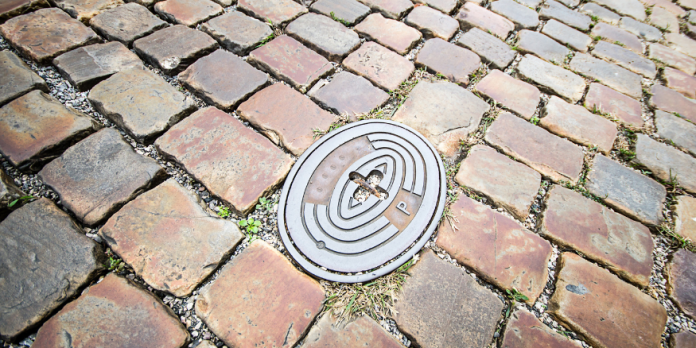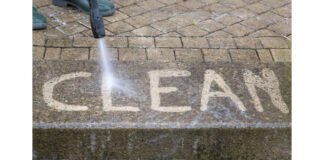Drainage systems play a vital role in the proper functioning of any infrastructure, whether it is a residential or commercial property. Without proper drainage, water can accumulate in unwanted areas, leading to various problems such as waterlogging, structural damage, and health hazards. To prevent such issues, drainage kits are installed in properties to ensure efficient water flow and prevent any possible damage. If you are considering installing a drainage kit in your property, then view website.
This article will discuss the purpose of drainage kits installation, the importance of proper drainage, and a brief overview of the installation process.
Purpose of Drainage Kits Installation
The primary purpose of installing drainage kits is to ensure the proper flow of water in and around the property. These kits comprise various components such as pipes, channels, and grates that help to collect and move water away from the property’s foundation. The installation of these kits can prevent various problems such as soil erosion, foundation damage, and waterlogging, which can lead to health hazards and costly repairs. Drainage kits are also designed to be low-maintenance and long-lasting, providing a durable solution to drainage issues.
Importance of Proper Drainage
Proper drainage is essential for several reasons. Firstly, it helps to prevent water damage to the property’s foundation and surrounding areas. Water can weaken the foundation, leading to structural damage, and can also cause soil erosion, which can affect the landscape and garden. Additionally, stagnant water can attract insects and rodents, which can pose health hazards to the property’s occupants. Proper drainage also helps to prevent flooding and waterlogging, which can lead to extensive damage to the property and its contents.
Brief Overview of the Installation Process
The installation process for drainage kits may vary depending on the property’s location and specific requirements. However, in general, the process involves assessing the property’s drainage needs, selecting the appropriate drainage kit, and installing it correctly. The installation may involve digging trenches to lay pipes, creating channels for water flow, and installing grates and catch basins to collect water. It is crucial to ensure that the drainage kit is installed correctly to prevent any future problems.
Planning and Preparation
Before installing any drainage system, it is crucial to plan and prepare adequately. Proper planning and preparation can ensure that the drainage system is effective and efficient in addressing the site’s drainage issues.
The first step in planning for a drainage system installation is to assess the site for drainage issues. This assessment should involve evaluating the site’s topography, soil type, and water sources to determine the best drainage solution. Some common drainage issues include water pooling, soil erosion, and foundation damage caused by excess water.
To assess the site for drainage issues, it is essential to observe the site during rain or after rain to determine how water flows and accumulates. This observation can help identify any areas that need drainage solutions. Once the drainage issues are identified, the next step is to determine the best drainage solution for the site. This can involve choosing between different types of drainage systems such as French drains, surface drains, or gutter systems.
Materials and Tools
The second critical aspect of planning and preparation for drainage system installation is to gather the required materials and tools. It is essential to ensure that all the necessary materials and tools are available before beginning the installation process.
The list of required materials may vary depending on the chosen drainage solution. Some common materials include drainage pipes, gravel, geotextile fabric, catch basins, and grates. It is crucial to ensure that the materials are of high quality and durable to ensure the drainage system’s longevity.
The tools needed for installation may also vary depending on the drainage system’s complexity. However, some common tools include shovels, levels, hammers, saws, drills, and measuring tape. It is essential to ensure that all tools are in good working condition and appropriate for the job.
Conclusion
By installing these kits, you may avoid costly repairs and safety risks including soil erosion, foundation damage, and waterlogging. For the property to remain intact and to avoid any water-related problems, adequate drainage is essential.
For the implementation of a functional and efficient drainage system, careful planning and preparation are essential. An evaluation of the site aids in identifying drainage problems and selecting the appropriate drainage solution. A seamless installation procedure is ensured by gathering the required supplies and equipment. Proper planning and preparation can help property owners avoid drainage problems and shield their assets from water-related harm.








